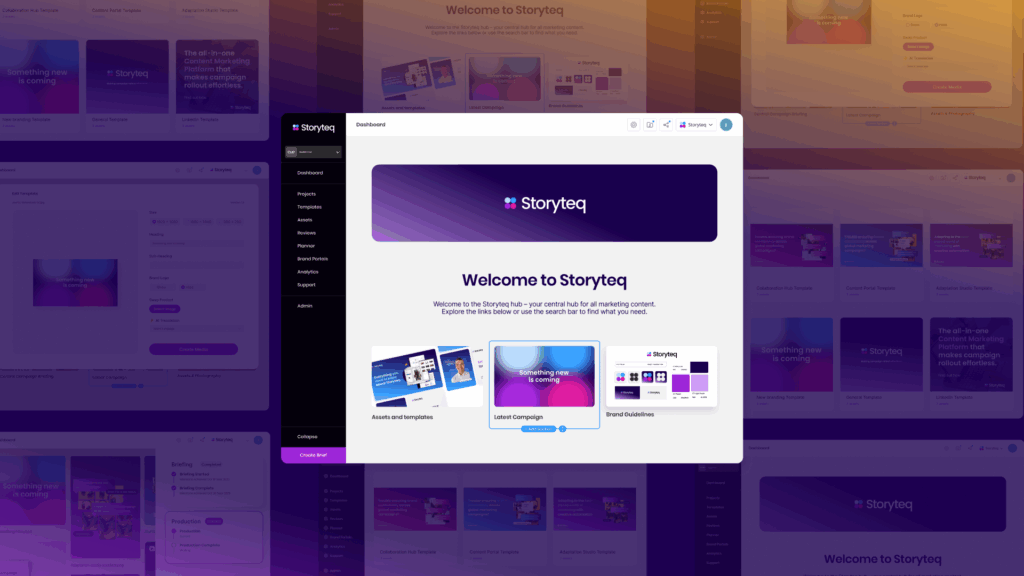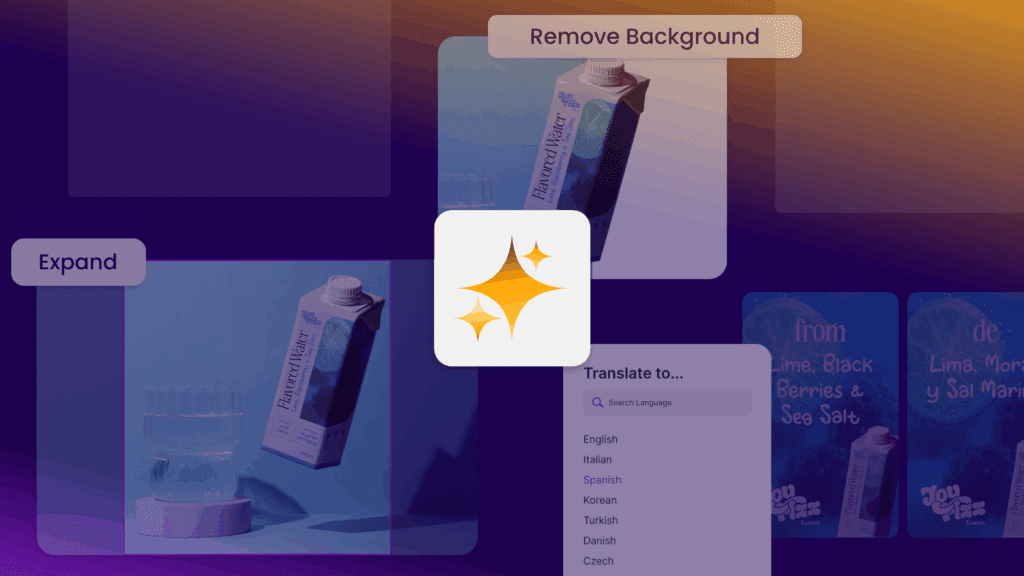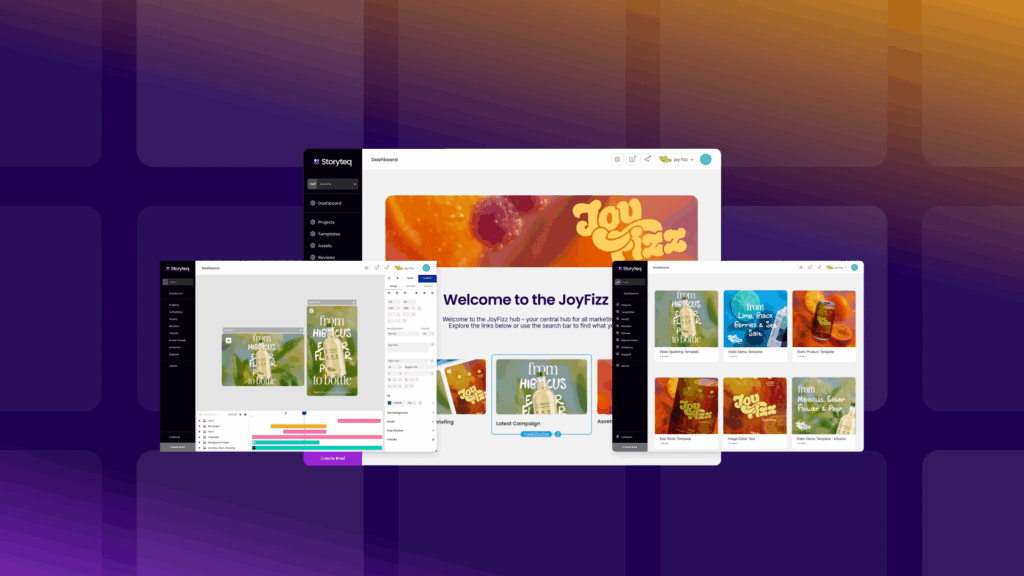What is marketing workflow automation? Core concepts and evolution
Marketing workflow automation helps you streamline repetitive marketing tasks, standardize processes, and improve collaboration across teams and channels. This technology has evolved significantly over time.
The evolution of this technology reveals a fascinating trajectory. What began in the early 2000s as simple email autoresponders has transformed into sophisticated platforms capable of orchestrating complex, multi-channel campaigns. The timeline shows clear progression:
| Era | Automation Capabilities | Primary Focus |
|---|---|---|
| 2000-2010 | Basic email sequencing, form submissions | Single-channel automation |
| 2010-2018 | Cross-channel triggers, lead scoring, segmentation | Multi-channel orchestration |
| 2018-Present | AI-powered decision-making, predictive analytics, personalization at scale | Intelligent workflow optimization |
A fundamental concept in this space is the automated workflow itself—a predefined sequence of steps that triggers specific actions based on user behaviors or time-based rules. These workflows create the infrastructure for digital asset management systems to connect with distribution channels, enabling seamless content delivery across touchpoints.
Why automated workflows matter in modern marketing campaigns
Automated workflows matter in modern marketing for three primary reasons: efficiency, consistency, and scalability. When you implement them effectively, they reduce manual intervention while increasing output quality—a combination that directly impacts ROI.
How significant is this impact? Research consistently shows that organizations implementing marketing automation experience productivity improvements between 20-30% while simultaneously reducing operational costs. This efficiency isn’t merely about cost savings—it fundamentally transforms how you allocate your marketing resources. Rather than spending hours on repetitive tasks like email scheduling, asset versioning, or performance reporting, you can focus on strategic activities that drive genuine business growth.
The true value of marketing workflow automation lies not in replacing human creativity but in enhancing it by removing the operational barriers that prevent great ideas from reaching their audience effectively and efficiently.
Beyond efficiency, automated workflows establish consistency across your marketing initiatives. This consistency extends to branding, messaging, timing, and measurement—creating a cohesive customer experience regardless of channel or touchpoint. For global organizations managing multiple campaigns across regions, this standardization helps maintain brand integrity while enabling local market customization.
How marketing automation systems transform campaign execution
The technical mechanisms that power effective marketing automation rely on three interconnected components: triggers, actions, and conditions. Triggers initiate workflows based on specific events (like a form submission or email open), actions define what happens next (send an email, update a CRM record), and conditions determine whether and how the workflow proceeds based on data-driven criteria.
These components work together to transform campaign execution across your marketing functions. For content production, automation facilitates asset creation by managing approval workflows, version control, and distribution. For engagement activities, it enables personalized messaging based on behavioral data and segment characteristics. For measurement, it automates data collection, report generation, and performance analysis—creating a continuous improvement cycle.
Integration with existing martech stacks further amplifies these benefits. Modern marketing workflow platforms connect with content marketing platforms to create seamless workflows from asset creation through distribution. This integration eliminates data silos and creates a unified view of marketing performance—enabling faster, more informed decision-making.
Implementing automated workflows: A step-by-step approach
Successfully implementing marketing automation requires a methodical approach that balances technical considerations with organizational readiness. Start by conducting a thorough assessment of your current workflows, identifying inefficiencies, bottlenecks, and manual processes that consume disproportionate resources.
With this assessment complete, follow these implementation phases:
- Map current vs. ideal workflows – Document existing processes and design optimized future states
- Prioritize automation opportunities – Focus on high-impact, relatively straightforward processes first
- Select appropriate technology – Evaluate solutions based on integration capabilities, scalability, and user experience
- Implement in phases – Start with pilot workflows, gather feedback, refine, and expand
- Train teams thoroughly – Ensure adoption through comprehensive training on both technology and new processes
Technology selection deserves special attention. Your ideal solution should align with your specific needs while offering flexibility for future growth. Consider platforms that specialize in digital asset management with robust workflow capabilities if content production is central to your marketing operations.
5 common marketing automation challenges and their solutions
Even with careful planning, you might encounter obstacles when implementing automation. Here are five common challenges and practical solutions:
1. Data integration issues
Siloed systems create fragmented customer views and hamper automation effectiveness. Solution: Prioritize platforms with robust API capabilities and implement a unified data strategy that identifies essential integration points across your martech stack.
2. Workflow complexity
Overly complicated workflows become difficult to maintain and troubleshoot. Solution: Start with simpler linear workflows before attempting complex branching logic, and regularly audit active workflows to identify and eliminate unnecessary complexity.
3. Adoption resistance
Team members may resist new automated processes due to comfort with existing methods or fear of job displacement. Solution: Emphasize how automation enhances rather than replaces human roles, and involve key stakeholders early in the implementation process.
4. Content bottlenecks
Automated distribution requires sufficient content, which can create production pressure. Solution: Implement modular content approaches and templating systems that enable efficient scaling of content creation.
5. Measurement gaps
Difficulty connecting automated activities to business outcomes undermines perceived value. Solution: Establish clear KPIs before implementation and configure proper tracking to demonstrate impact on both efficiency and effectiveness metrics.
The future of marketing workflow automation: AI and predictive capabilities
As we look toward 2025 and beyond, AI and machine learning are dramatically reshaping what’s possible in marketing workflow automation. These technologies are moving beyond rule-based automation toward truly intelligent systems capable of making nuanced decisions, identifying patterns, and predicting outcomes.
Emerging capabilities include:
- Predictive content optimization – AI systems that analyze performance data to recommend content adjustments before campaigns launch
- Autonomous workflow adaptation – Systems that self-optimize workflows based on performance patterns
- Natural language workflow creation – Interfaces that allow you to build workflows using conversational language rather than technical configuration
- Cross-channel journey orchestration – AI-powered systems that coordinate personalized experiences across touchpoints
These advancements will redefine your marketing team’s capabilities, enabling you to operate with greater agility while managing increasingly complex customer journeys. Most importantly, they’ll create space for more creative and strategic work by further reducing operational overhead.
We’ve seen firsthand how automation transforms marketing operations from reactive to proactive, giving teams the foundation they need to deliver exceptional experiences at scale. As these technologies continue evolving, you’ll gain significant competitive advantages in efficiency, customer experience, and marketing effectiveness by implementing them thoughtfully.
Want to see how automated workflows can transform your marketing operations? Request a demo today and let us show you how.



